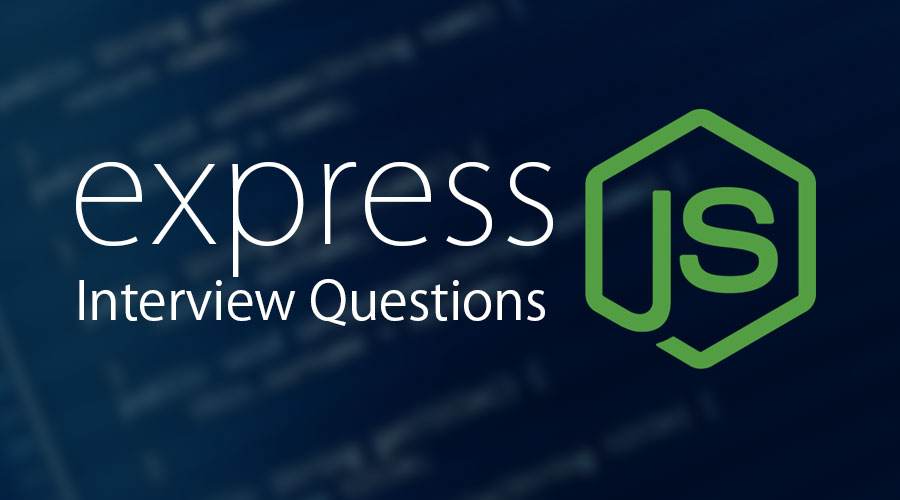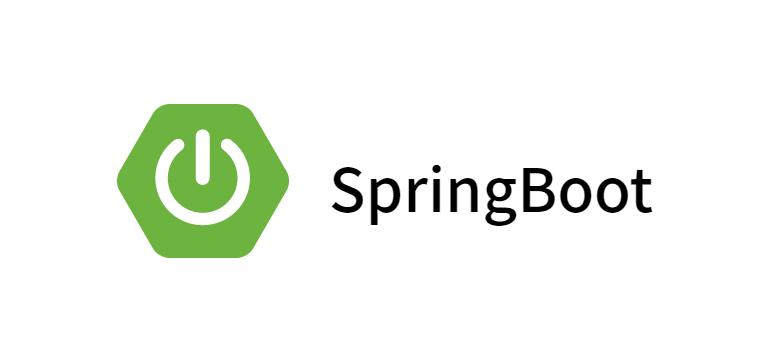nodejs学习笔记(7)-express框架学习(1)-创建基本服务器以及基本路由
express框架
Express是目前流行的基于Node.js运行环境的Web应用程序开发框架,它简洁且灵活,为Web应用程序提供了强大的功能。Express提供了一个轻量级模块,类似于jQuery(封装的工具库),它把Node.js的HTTP模块的功能封装在一个简单易用的接口中,用于扩展HTTP模块的功能,能够轻松地处理服务器的路由、响应、Cookie和HTTP请求的状态。Express的优势:
- 简洁的路由定义方式。
- 简化
HTTP请求参数的处理。 - 提供中间件机制控制
HTTP请求。 - 拥有大量第三方中间件。
- 支持多种模版引擎。
安装express框架
// 项目初始化 |
创建最基本的服务器
- index.js
// express框架 - 创建最简单的服务器 |
基本路由
- 路由是指如何定义应用的端点(
URIs)以及如何响应客户端的请求。 - 路由是由一个
URI、HTTP请求(GET、POST等)和若干个句柄组成,它的结构如下:app.METHOD(path, [callback...], callback), app是express对象的一个实例,METHOD是一个HTTP请求方法,path是服务器上的路径,callback是当路由匹配时要执行的函数。
路由的请求路径支持三种方式:字符串模式,纯字符串以及正则表达式
// 1.纯字符串[常用]('/home', '/random.text'..等) |
回调函数
express路由可以为请求处理提供多个回调函数(我们姑且就可以将这些回调函数成为中间件),其行为类似 中间件。唯一的区别是这些回调函数有可能调用next('route')方法而略过其他路由回调函数。可以利用该机制为路由定义前提条件,如果在现有路径上继续执行没有意义,则可将控制权交给剩下的路径。使用多个回调函数处理路由(记得指定
next对象):
app.get('/example/b', (req, res, next)=>{ |
- 使用回调函数数组处理路由:
var cb0 = function (req, res, next) { |
- 混合使用函数和函数数组处理路由:
var cb0 = function (req, res, next) { |
- 这里结果:
CB0 => CB1 => response will be sent by the next function ...
本博客所有文章除特别声明外,均采用 CC BY-NC-SA 4.0许可协议。转载请注明来自 肥林の仓库






